Who didn’t love hunky James Garner? The plain-talking, straight-shooting Oklahoma boy was best known for his roles as TV’s wry Western gambler Bret Maverick and as private eye Jim Rockford on the 1970s show “The Rockford Files.” Garner died in Los Angeles on Saturday, July 19. He was 86. TCM remembers Garner on July 28 with an all-day marathon, including 1969’s “Marlowe.” Click here to see TCM’s tribute video.
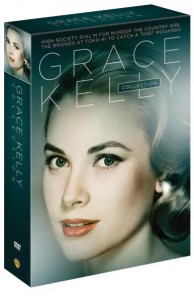 Warner Bros. has released a divine Grace Kelly box set. The collection includes six of Kelly’s most popular films brought together for the first time on DVD: “Mogambo” (1953, John Ford), “Dial M for Murder” (1954, Alfred Hitchcock), “The Country Girl” (1954, George Seaton), for which she won the Best Actress Oscar, “The Bridges at Toko-Ri” (1954, Mark Robson), “To Catch a Thief” (1955, Alfred Hitchcock) and “High Society” (1956, Charles Walters).
Warner Bros. has released a divine Grace Kelly box set. The collection includes six of Kelly’s most popular films brought together for the first time on DVD: “Mogambo” (1953, John Ford), “Dial M for Murder” (1954, Alfred Hitchcock), “The Country Girl” (1954, George Seaton), for which she won the Best Actress Oscar, “The Bridges at Toko-Ri” (1954, Mark Robson), “To Catch a Thief” (1955, Alfred Hitchcock) and “High Society” (1956, Charles Walters).
Essential viewing for any sultry blonde or princess-type. It’s easy to dismiss Kelly as a pretty, privileged face but she was, in fact, a fine actress and a bold woman, especially in “Dial M” where she fights off her attacker.
Don’t get too excited about the special-feature interview with Pierre Salinger, conducted in 1982, just months before she died. Salinger shows a knack for asking inane questions and, though the still-lovely Kelly makes the best of it, the result is very dull viewing indeed.
The Alex Theatre in Glendale will show a “car-crazy” film noir double feature on Saturday night: “Gun Crazy” (1950, Joseph H. Lewis) and “The Lineup” (1958, Don Siegel). You can read more here.
The Film Noir Foundation’s Alan K. Rode will introduce the films.
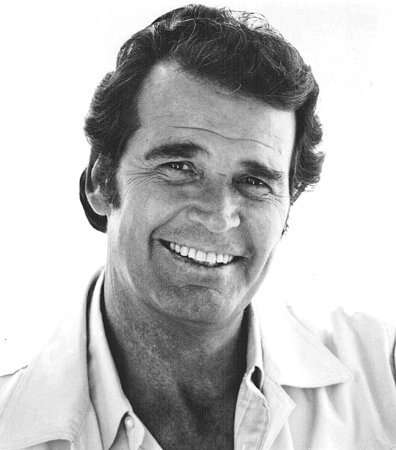





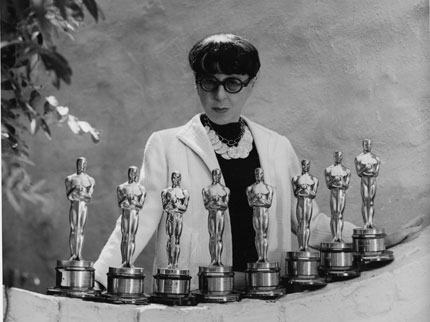
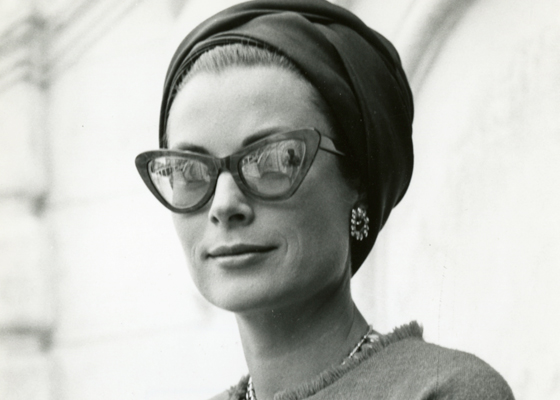
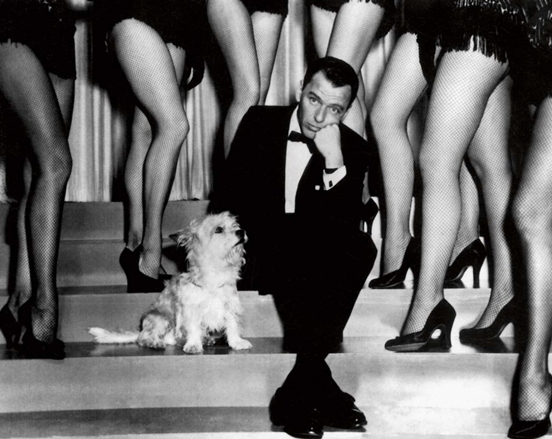
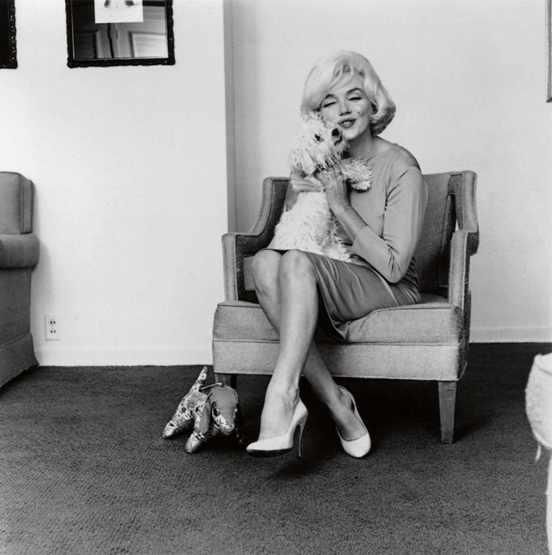
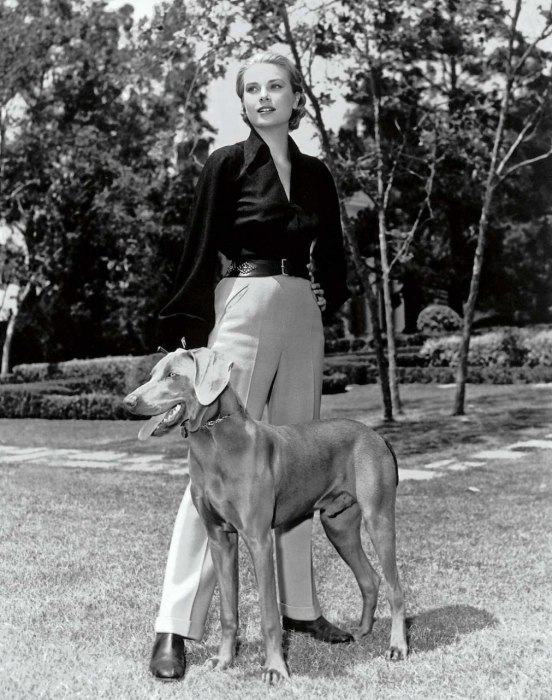
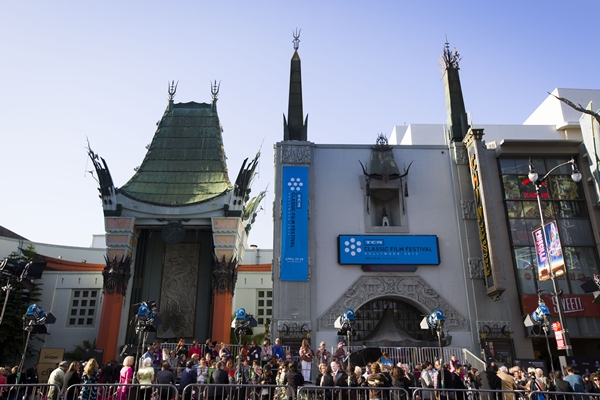

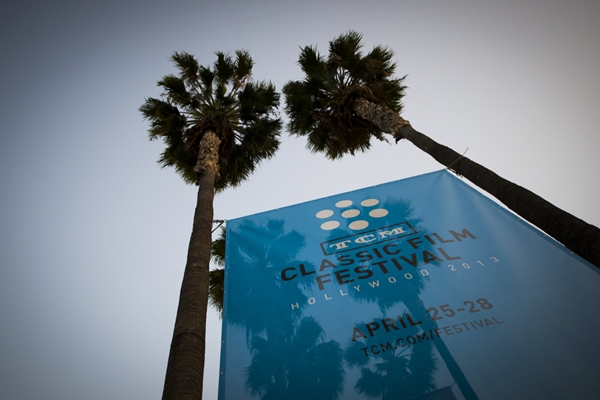
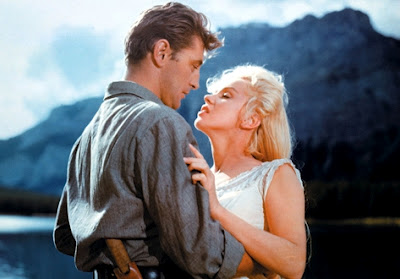

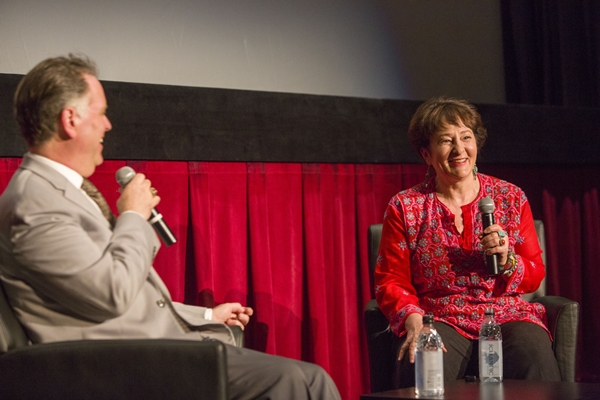
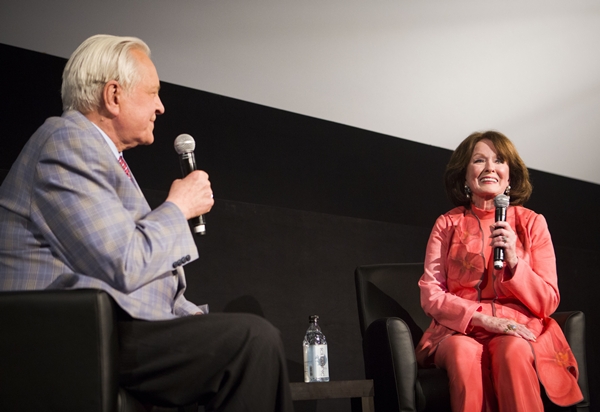
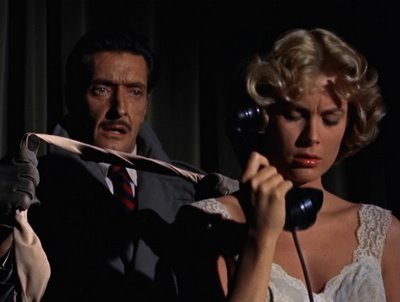
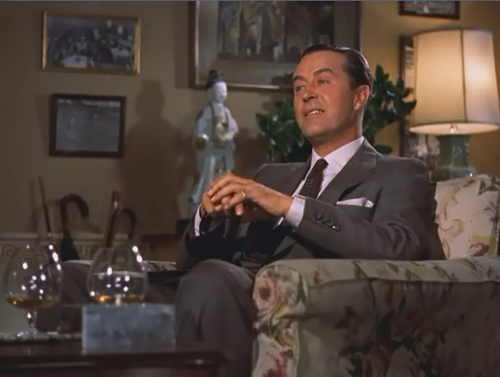
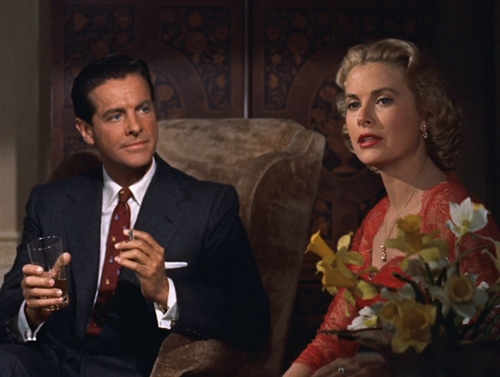
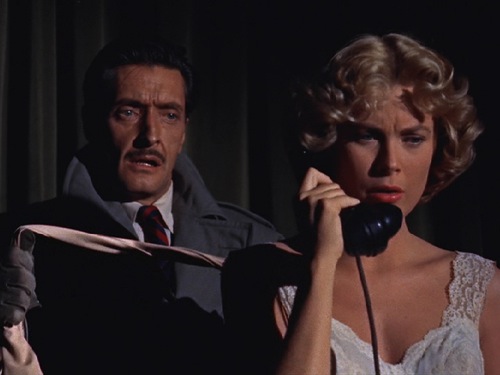
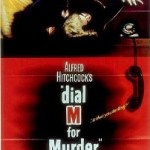
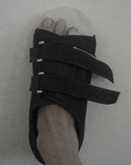
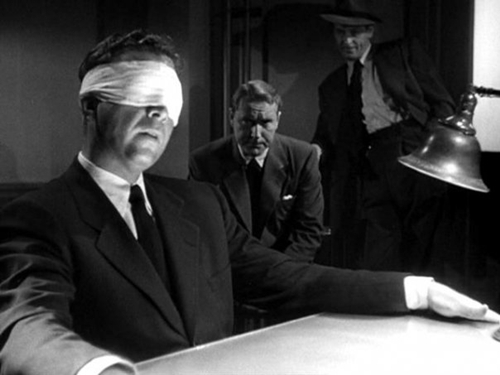
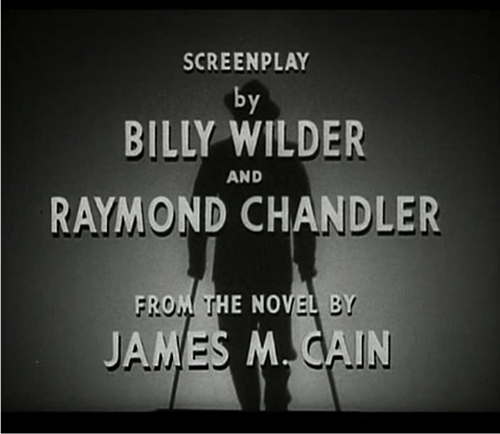
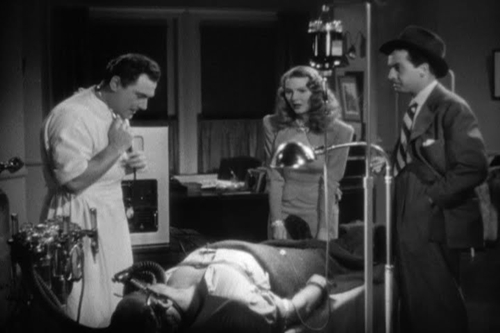
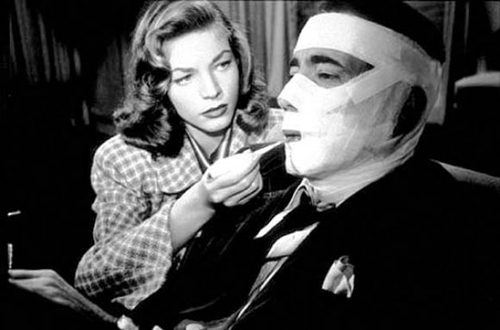
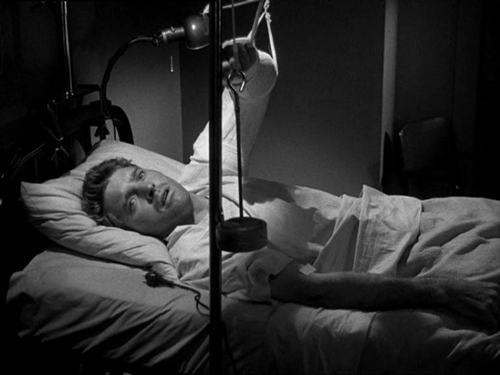
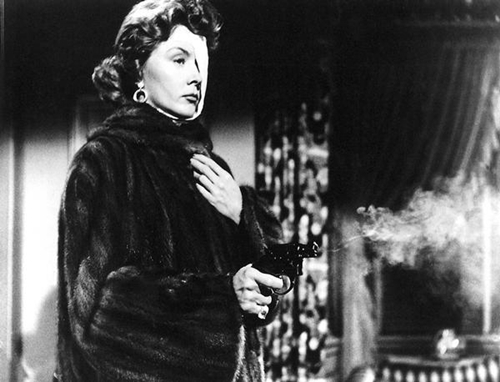
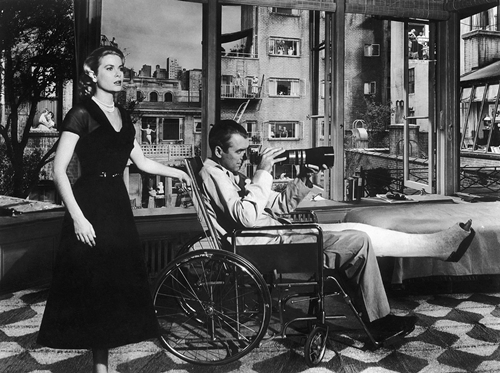
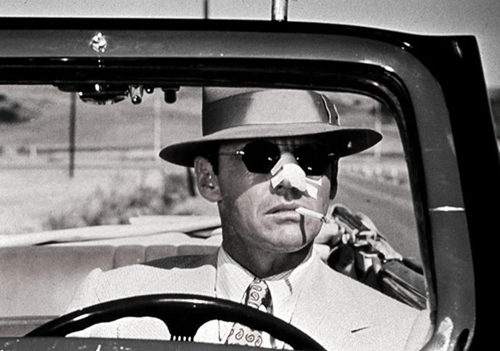

![251[1]](http://www.filmnoirblonde.com/wp-content/uploads/2012/08/2511.jpg)
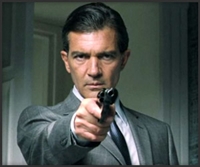
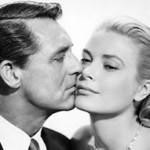
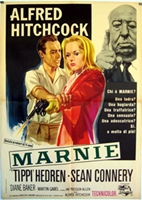
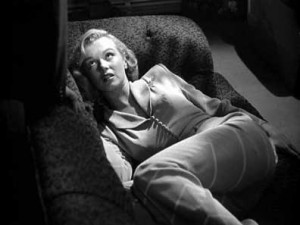
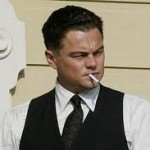





From FNB readers